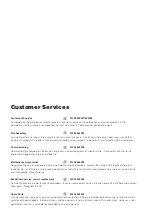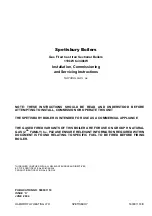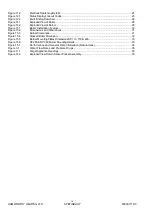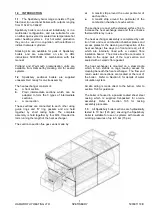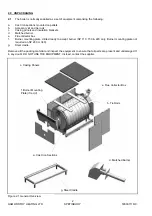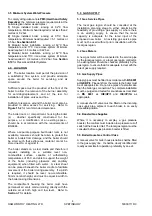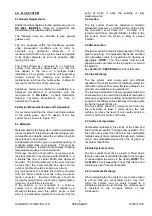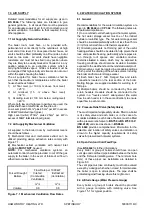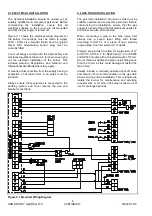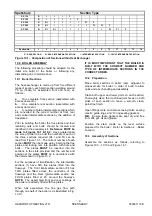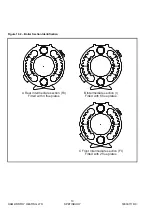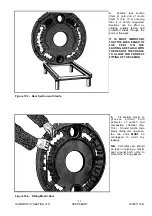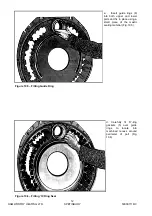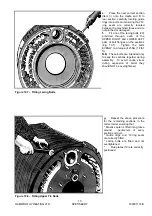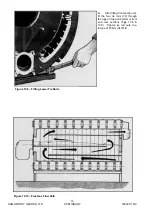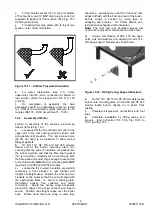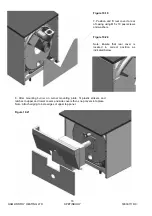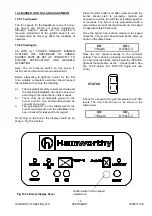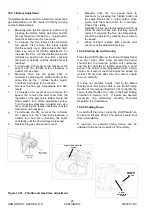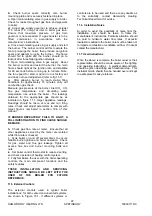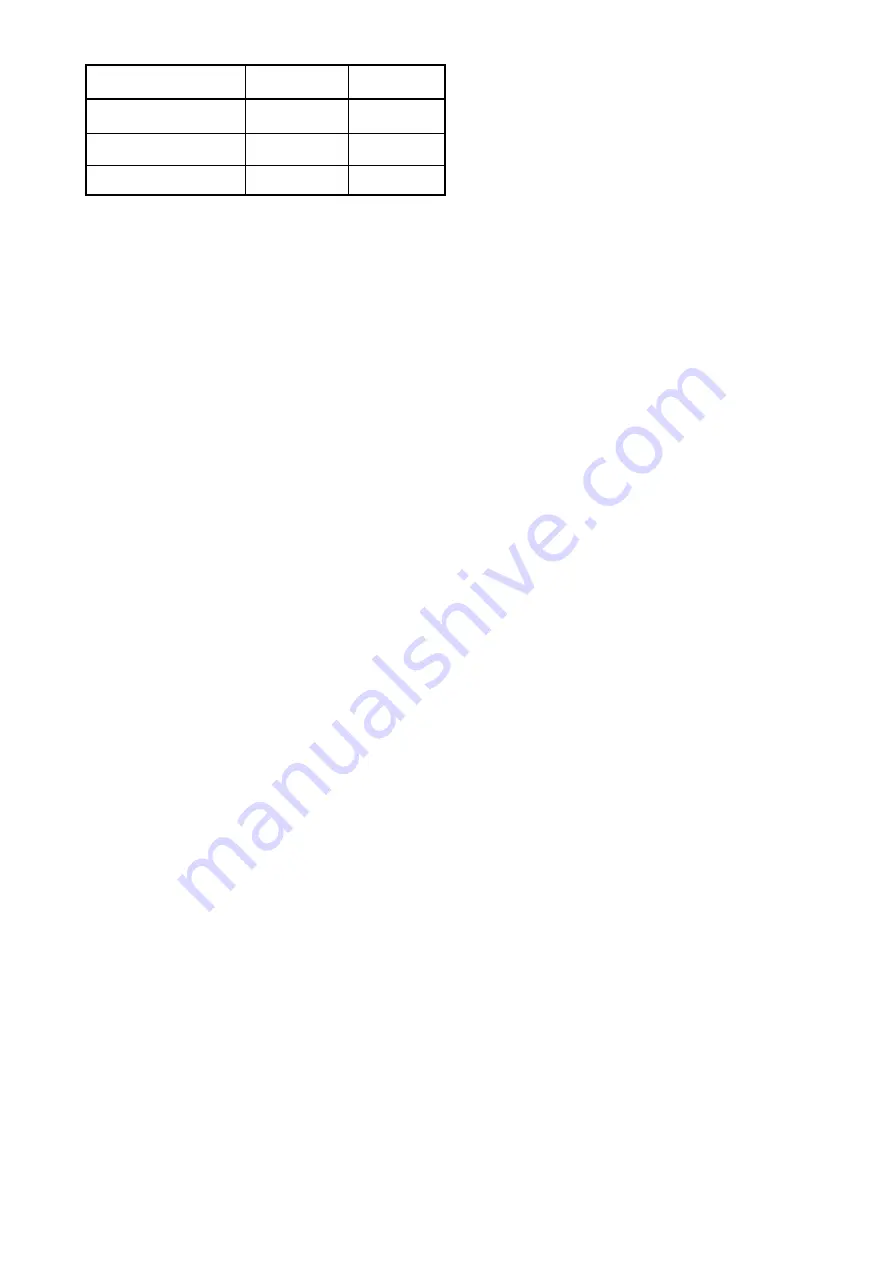
HAMWORTHY HEATING LTD
7
SPETISBURY
500001118/C
Where the system is operating on a DT of 20°C, care
should be taken to ensure that the return temperature
does not fall below 50°C.
8.9.2 Water Flow Controls
Any external mixing valve/shunt pump or similar
controls should
ALWAYS ENSURE
that the minimum
water flow rate as shown in Figure 3.1 is maintained.
8.9.3 Frost Protection
Consideration should be given to fitting a frost
thermostat set at approximately 4°C.
8.10 Unvented Systems
See Figure 15.1 for typical layout of a Unvented
(Pressurised) Hot Water System. For system design
refer to
BS 7074 Part 2.
In order to correctly size a pressurisation unit for any
heating system certain parameters are required. These
are:-
1)
Static height of highest component in system
(metres).
2)
System volume - if it is not known a general rule of
thumb of 10 litres/kW of installed boiler power can be
used.
3)
Maximum flow temperature (°C).
4)
Maximum system hot working pressure, generally
given in bar g.
From the above information Hamworthy Heating can
size the pressurization unit and also the expansion
vessel required. Care must be taken in sizing expansion
vessels to ensure maximum acceptance factors are not
exceeded. Normally manufacturers of vessels impose
a limit of 0.5. This value must not be exceeded at any
time during the operation of the boiler: this includes the
over pressure condition should a safety valve lift.
Consideration should also be given to sizing of the
safety valve(s) in the system. See
BS 6759
: Part 1, for
information. See also
BS 6880
: Part 1 for design
considerations.
8.11 Modular Boiler Control Schemes
For modular boiler installations, Hamworthy Heating
can supply a unique boiler management control system
called the ‘Marshall HE’. This system comprises: a wall
mounted master control unit, which houses the main
interface processor and will control up to 8 stages. For
further information, contact Hamworthy Heating for
details.
8.5 Thermometer
See Figure 15.1 for typical position.
A thermometer complete with pocket should be fitted in
the pipework to indicate water flow temperature.
8.6 Drain Valves
Each boiler should have ¾” NB drain valve fitted (not
HHL supply), to drain the boiler only. A plugged Rc ¾”
connection is provided for a drain valve at the bottom of
the front boiler section. The heating system in total
should have drain valves as recommended by
BS
6644
. See Figure 15.1 for recommended positions.
8.7 Circulating Pump
One or more circulating pumps will be required to
circulate water around the boilers and heating system.
The pump should be sited to facilitate servicing. It is also
important that the existing system be flushed through
twice to remove any loose matter, which may have
accumulated. If in any doubt regarding the cleanliness
of the system, a coarse filter should be fitted in the
return pipework to the boilers.
NOTE:
If boilers are run off time clock control, a pump
overrun (not HHL supply) should be fitted which must
run for a minimum of 5 minutes on shut-down of the last
boiler.
8.8 Minimum Water Flow Rates
Minimum water flow rates are shown in Figure 3.1.
These flow rates should be maintained through the
boiler at all times whilst the boiler is firing. If the
water flow rate is allowed to fall below the minimum,
the boiler heat exchanger could fail due to the
resultant scale formation. Particular attention should
be paid to the restriction of external flow circuits
during periods of low heat demand.
8.9 Control Schemes
8.9.1 Temperature Controls
An adjustable control thermostat is supplied with each
boiler and should be set to operate within the range 65-
90°C for standard applications. A temperature limiter,
(hand reset limit thermostat) is also fitted to the boiler
and must be set at 100°C.
NOTE!
The minimum difference between control
thermostat and temperature limiter
must never
be less
than 10°C.
Boiler Output
Feed
Vent
60kW - 150kW
25
32
150kW – 300kW
32
38
300kW – 600kW
38
50
Figure 8.3. Cold Feed and Vent Pipe Sizes (mm)


